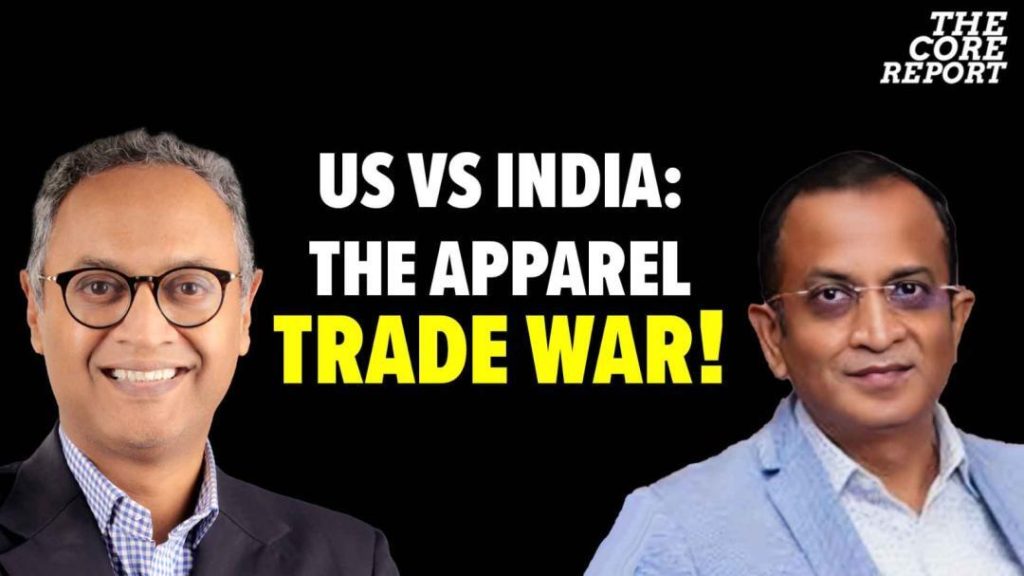
India’s Garment Industry Seeks Solutions Amid Looming US Tariffs
The Indian garment industry is facing an uncertain future as the United States is set to impose tariffs on imported garments. The industry, which is a significant contributor to India’s economy, is seeking solutions to mitigate the impact of these tariffs. One of the potential solutions being explored is a deal that would allow Indian manufacturers to import US cotton at lower duties in exchange for leniency in export duties.
The Indian garment industry has been a major player in the global textile market, with a significant share of the global pie. The industry has been growing steadily, with exports reaching a record high of $1.6 billion in January. However, the looming US tariffs on imported garments have put a cloud of uncertainty over the industry.
The US tariffs on imported garments are part of a broader trade dispute between the two countries. The US has been imposing tariffs on imported goods from India, including textiles and apparel, in response to Indian tariffs on US goods. The Indian government has been trying to negotiate a deal with the US to reduce the tariffs, but so far, no agreement has been reached.
In the meantime, Indian garment manufacturers are investing in new machinery and technology to increase efficiency and reduce costs. The industry has been modernizing its production lines, adopting new techniques and machines to improve quality and increase productivity. This investment in technology is expected to help the industry grow despite the uncertainty caused by the US tariffs.
Industry leaders are hopeful that a strategic way forward can be found. “We are committed to finding a solution that works for both countries,” said a senior official from the Confederation of Indian Textile Industry (CITI). “We are willing to work with the US to find a mutually beneficial agreement that reduces tariffs and increases trade.”
The Indian garment industry is a significant contributor to the country’s economy, employing millions of people and generating billions of dollars in revenue. The industry is a major employer in the country, particularly in rural areas where it provides jobs to many people.
The industry has been growing steadily over the years, with exports increasing by 10% in the last year alone. The industry is expected to continue growing, with exports reaching $10 billion by the end of the year.
Despite the uncertainty caused by the US tariffs, industry leaders remain optimistic about the industry’s future. “The Indian garment industry is resilient and adaptable,” said a senior official from the Indian Garment Exporters Association (IGEA). “We have faced challenges before and have always come out stronger. We are confident that we will be able to navigate this challenge as well.”
The Indian government has also been taking steps to support the industry. The government has set up a committee to negotiate with the US and find a solution to the trade dispute. The committee has been meeting regularly with industry leaders and stakeholders to discuss the impact of the US tariffs and potential solutions.
The Indian government has also been providing support to small and medium-sized enterprises (SMEs) in the industry, which are particularly vulnerable to the US tariffs. The government has been providing financial assistance and training to SMEs to help them adapt to the new reality.
In conclusion, the Indian garment industry is facing an uncertain future with the looming US tariffs. However, industry leaders remain hopeful that a strategic way forward can be found. The industry has been investing in new machinery and technology to increase efficiency and reduce costs, and the government has been providing support to small and medium-sized enterprises. Despite the challenges, the industry is expected to continue growing, with exports reaching $10 billion by the end of the year.
News Source: https://youtu.be/FE5HuWdKArs






